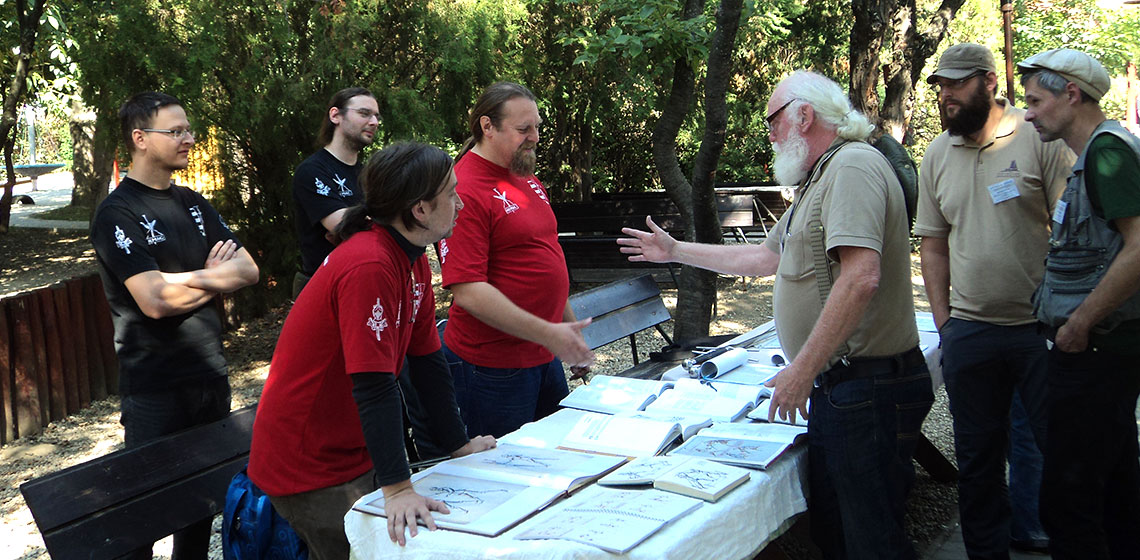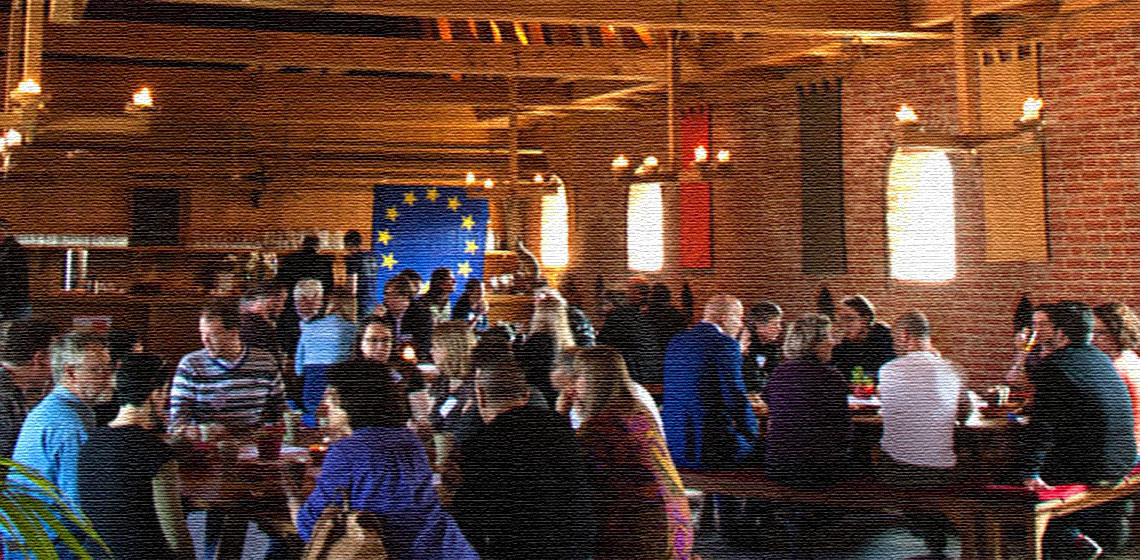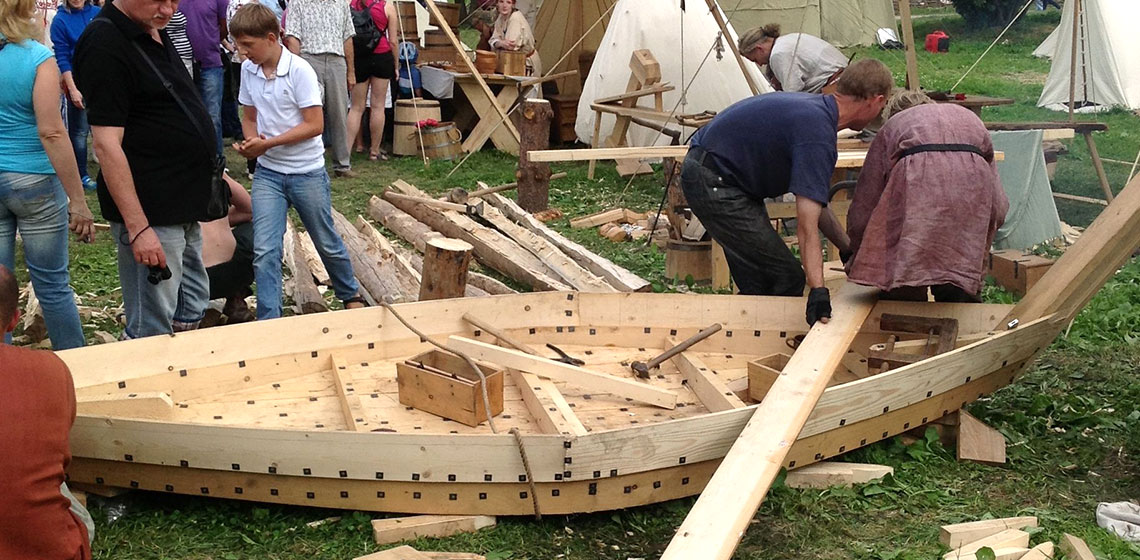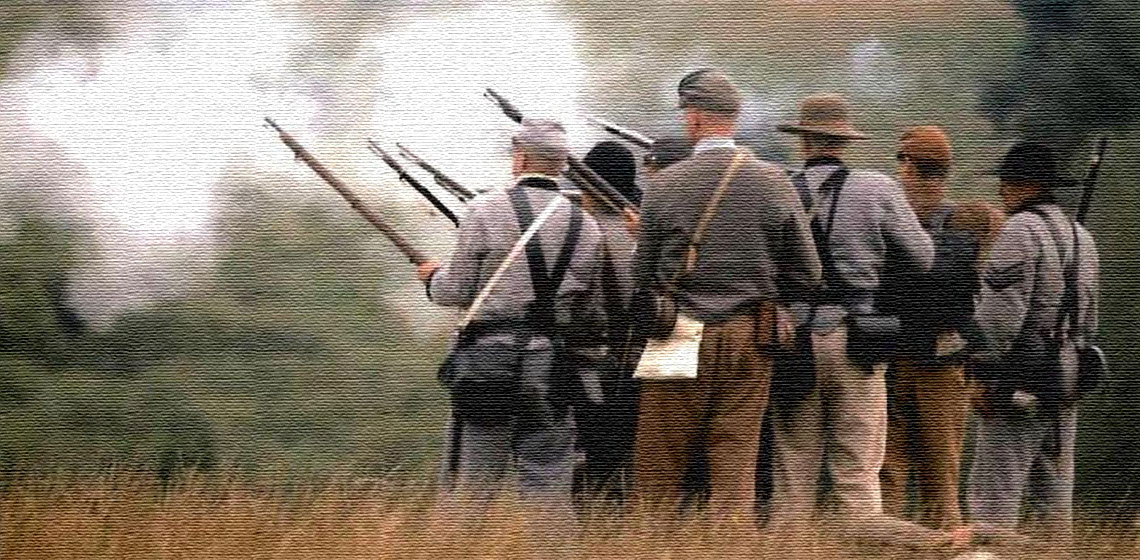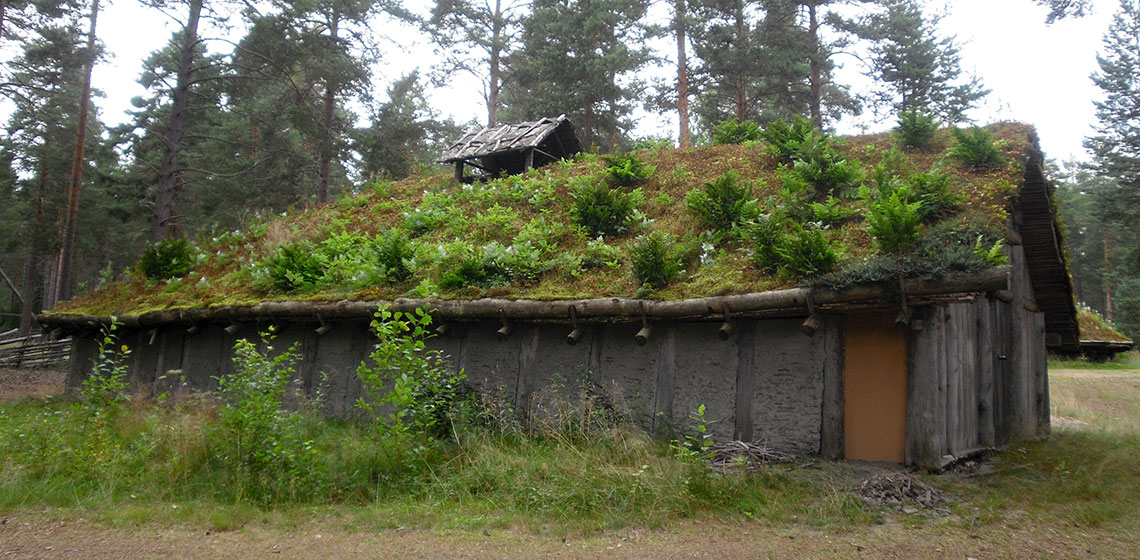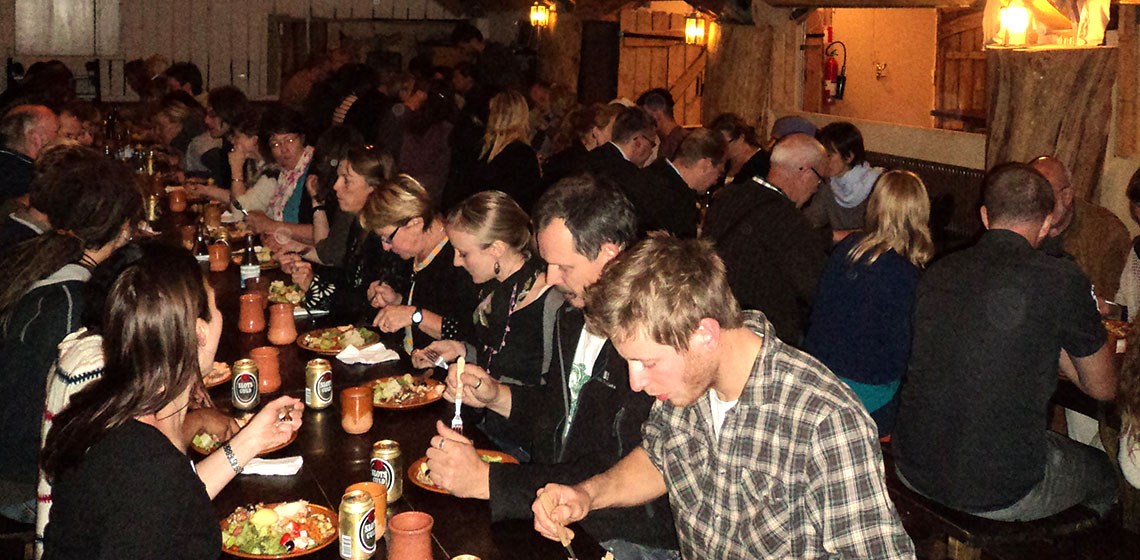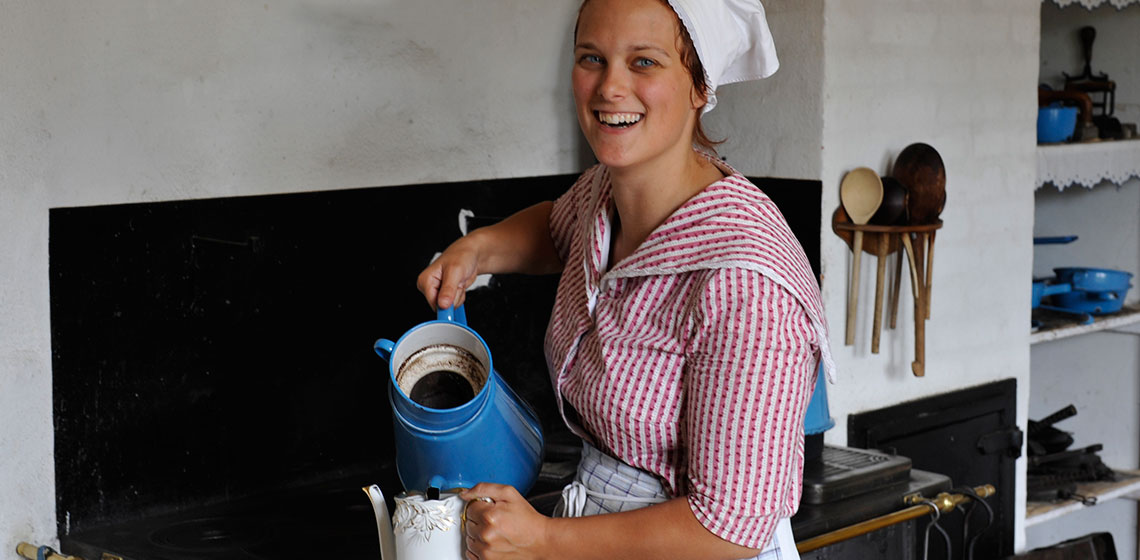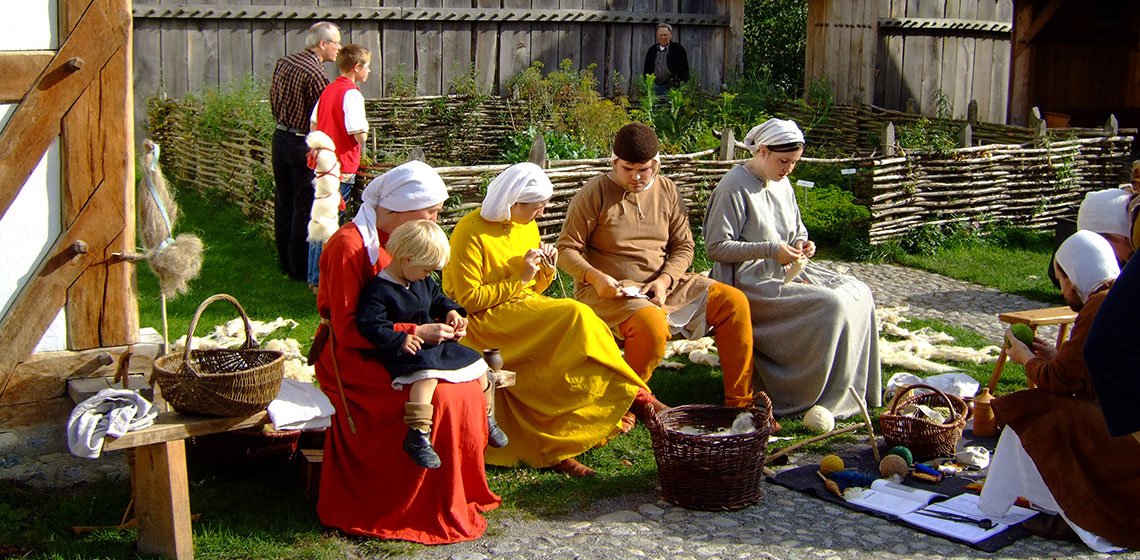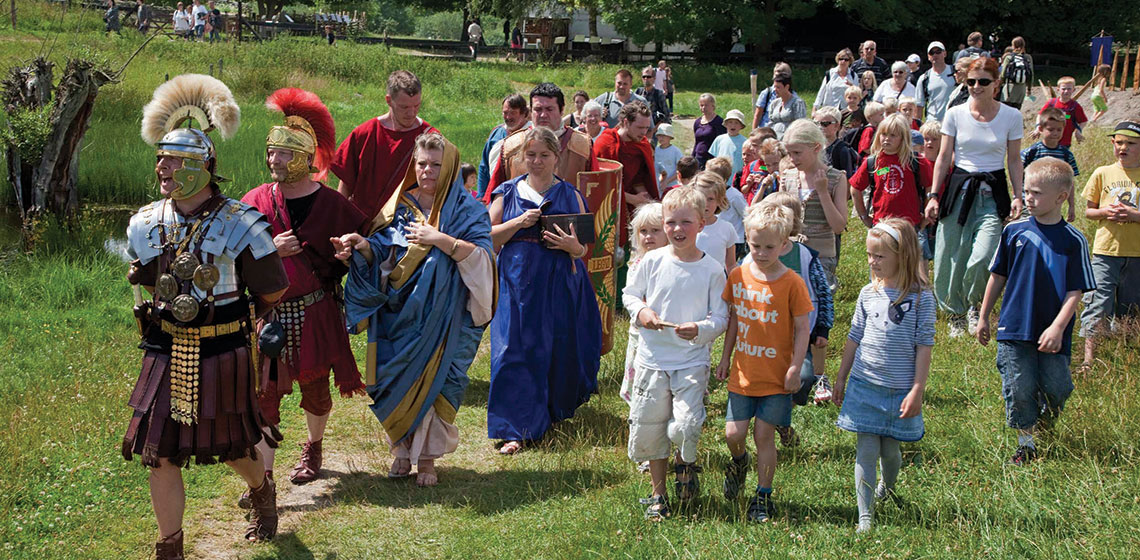living history
Conference Review: Live Interpretation, 2013 EXARC’s Meeting in Hungary
Conference Review: Reaching Visitors Through Dialogue, Play and Experimental Archaeology. OpenArch Congress Archeon
Event Review: EXARC at the Times and Epochs Festival
As an EXARC Board member, I attended the Times and Epochs Festival in Moscow from June 21-23, 2013 in the open-air museum Kolomenskoye Park. This year, an estimated 200,000 people attended the medieval themed festival where they were able to witness and interact with 2,000 re-enactors from 40 different countries...
Crafting the Past: Theory and Practice of Museums
Gene Fornby - the Ancient Village of Gene
I have for years, through articles, debate and political activities, been a very active part in the efforts to preserve Gene Fornby from demolition. The cause seemed long doomed to be lost, but in the end the saving-line won. Therefore the longhouse and the smithy, in my opinion the important reconstructions, will be preserved and restored.
Conference Review: OpenArch/IMTAL Sweden 2012
To Be or Not to Be: Thoughts on Living History - Some Personal Remarks
International Learning Partnership: Living History and Adult Education in the Museum
Varus and the Lost Legions in Sagnlandet Lejre - A Re-enactment Success?
In July 2009 a battle took place in Sagnlandet Lejre, in the heart of Zealand in Denmark. The battle was a dramatized re-enactment of the historical battle of Teutoburg forest in Niedersachsen in the year 9 AD - also known as the Varus Battle. Why should such a re-enactment event take place in Denmark - over 100 kilometres from the presumed site of the historic battle?...

